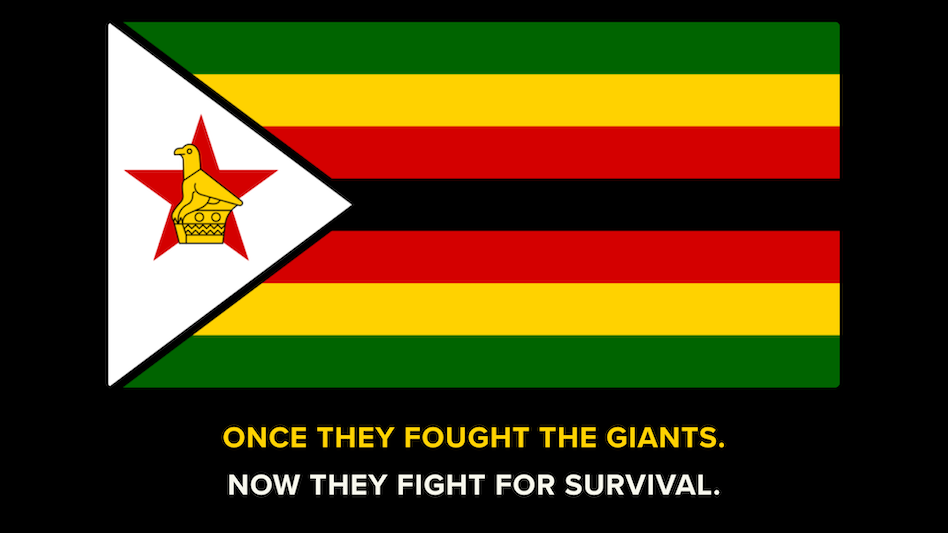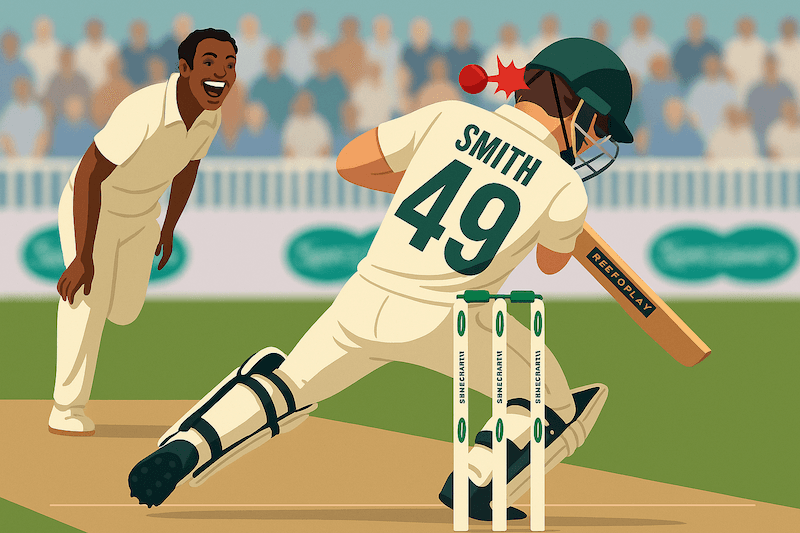
You are watching a close match. The chase is tense, and suddenly heavy rain interrupts play. Everyone looks at the scoreboard and asks: what is the new target, has the chasing team already reached the par score, or will they need more when play resumes?
The answer comes from the Duckworth Lewis Stern method (DLS). Let’s understand what it is, why it exists, and how it works in simple steps.
What is the DLS Method?
- The Duckworth Lewis Stern method (DLS) is used to set a fair target when rain or bad light reduces overs in limited overs cricket.
- It looks at two key resources in batting: overs left and wickets in hand.
- Officials enter these numbers into ICC-approved software, and it calculates a par score and a revised target.
Why was it Created?
- Before DLS, cricket used other rain rules that were unfair.
- The worst example came in the 1992 World Cup semi-final. South Africa needed 22 runs from 13 balls against England.
- Rain cut two overs, and because the old rule removed the least productive overs, South Africa returned needing 21 runs from 1 ball — an impossible task.
- To avoid this kind of unfair result, English statisticians Frank Duckworth and Tony Lewis created a new system in 1997.
- In 2014, Steven Stern updated it for modern high-scoring cricket, so it became the Duckworth Lewis Stern (DLS) method.
When is DLS Used?
- DLS applies only in ODIs and T20 matches.
- It comes into play when overs are lost due to rain or bad light.
- Umpires decide to apply DLS when it’s clear lost time cannot be recovered.
- For a result to count:
- In ODIs, the chasing team must bat at least 20 overs.
- In T20s, the chasing team must bat at least 5 overs.
- If these minimum overs are not reached, the game is declared no result.
Explore More Stories

2005 Ashes: The Summer Cricket Became Theatre
The 2005 Ashes was more than just a cricket series. It was a rollercoaster of emotion, courage, and unforgettable moments that brought Test cricket back to life. England’s long wait finally ended, and the world watched history unfold.

What Happened to Zimbabwe Cricket? The Rise, Fall, and Fight for Survival
Once they challenged the world’s best, now they struggle to stay afloat. Zimbabwe cricket’s journey from the glory of 1999 to years of chaos and heartbreak is a story of politics, power, and lost pride, and of a nation still dreaming of revival.
How Does DLS Work?
The actual DLS formula is complex and handled by ICC-approved software, but in general, it follows a simple idea:
- DLS is based on resources: overs left and wickets in hand.
- A team with many overs and all wickets has high resources. A team with few overs and fewer wickets has low resources.
- Each situation has a resource percentage, taken from pre-calculated tables built into ICC software. For example, 50 overs with 10 wickets = 100%, while 25 overs with 5 wickets might be about 40%.
- The par score is the score the chasing team should be on to be level at that moment.
- The revised target is one run more than the par score.
Formula:
Par Score = Team 1's Score × (Team 2's Resources ÷ Team 1's Resources)
Revised Target = Par Score + 1
Example:
- Team 1 scores 250 in 50 overs = 100% resources.
- Team 2’s innings is cut to 40 overs = 80% resources.
- Par Score = 250 × (80 ÷ 100) = 200.
- Revised Target = 201.
Examples from Real Matches
- 2003 World Cup: South Africa vs Sri Lanka. South Africa were 229/6 when rain stopped play. The par score was also 229, so the match ended in a tie, knocking South Africa out.
- 2006 Peshawar ODI: India made 328. Pakistan were 311/7 after 47 overs when bad light stopped play. The par score was 304, so Pakistan won by 7 runs.
- 2023 IPL Final: Gujarat Titans scored 214 in 20 overs. Rain shortened Chennai’s innings to 15 overs, with a target of 171. Chennai chased it down on the last ball to win the title.
Special Cases of DLS
- If the chasing team is exactly on the par score when rain ends the game, the match is a tie.
- DLS can be applied more than once in the same innings if there are multiple interruptions.
- If Team 1’s innings is cut short, Team 2’s target is adjusted upwards.
- If Team 2’s innings is cut short, their target is adjusted downwards.
- DLS is not used in Test matches.
Why DLS Matters?
- Cricket is different because the two teams don’t bat at the same time.
- Rain or interruptions can make things unfair.
- The DLS method keeps the match fair by adjusting targets using overs and wickets.
- It may not be perfect, but it is the fairest system cricket has to deal with rain.





